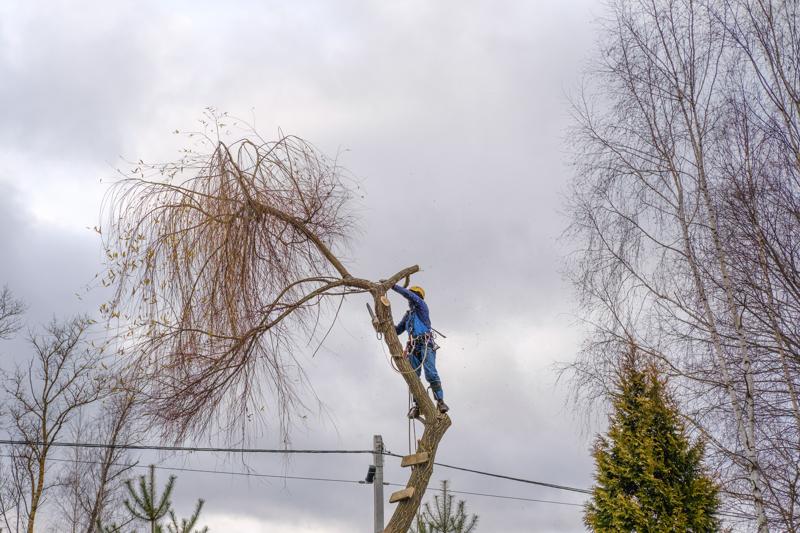Expert Checklist: How to Tell if a Tree Requires to be Cut Down

Tree removal can be a complicated and potentially dangerous task. If a tree is dying or diseased or is in danger to fall, the tree may require removal to prevent damage to property and ensure safety. But how can you tell whether a tree should be cut down? We’ll guide you through the warning signs to watch out to and assist you figure out whether it’s time to call in the professionals.
Dead or dying trees
One of the evident signs that a plant needs to be removed is if it’s dying or dead. Dead trees lack leaves and could appear lifeless. If a tree doesn’t have leaves or any signs of new growth, it’s probably dead. The bark of a dead tree could be cracked, dry or peeling.
Trees with diseases
Diseased trees can pose a threat to the other plants and trees in the area. Common signs of disease in trees include yellowing leaves, wilted branches, and the growth of mushrooms at the base or the trunk. If you suspect that your tree is suffering from disease It is essential to have it inspected by an arborist who is a professional.
Leaning Trees
Trees that are leaning towards one side could be an indication it is a sign that the roots are failing, and the tree may be at risk of falling. To identify if a leaning tree is at risk, look for cracks or broken areas in the trunk and examine the soil around the tree’s base. If you spot any of these indicators it is recommended to examine the tree by an arborist.
Overhanging Branches
Trees with overhanging branches located close to buildings or power lines can be a danger to safety and property. If you’re concerned about overhanging branches you should be evaluated by an arborist who can determine whether removal or pruning is required.
FAQs
What can I do to tell when a tree has died?
An individual tree can be said to be dead when it lacks leaves and has no indication of growth. Additionally, the bark of a dead tree can be dry, cracked, or peeling.
What are the signs of a tree that is diseased?
The most common signs of disease on trees include dying leaves, wilted or yellowed branches, and mushrooms growing at the base of the tree.
Is it safe to remove a tree yourself?
Tree removal is a difficult and potentially dangerous task. It’s best to leave it to the experts to protect yourself and others.
Conclusion
When you’re dealing with tree removal, it’s crucial to be able to identify the indicators that indicate that a tree requires to be cut down. When you’re aware of indications of dying or dead trees, diseased trees tree leaning, and hanging branches and overhanging branches, you can take the necessary steps to protect your property as well as those around you. If you believe that there is a tree in your yard that needs to be removed do not hesitate to call The Hills Tree Cutting for a professional evaluation. Our arborists are highly skilled and have the experience and equipment to take care of all the tree removal requirements. Do not risk your safety. If you think the tree that is on your property should be removed, contact The Hills Tree Cutting today for a expert assessment. Our arborists are experienced and will provide you with peace of mind which comes from knowing that your property is safe hands. Call us now by dialing 0480 024 203 to schedule an appointment.





















